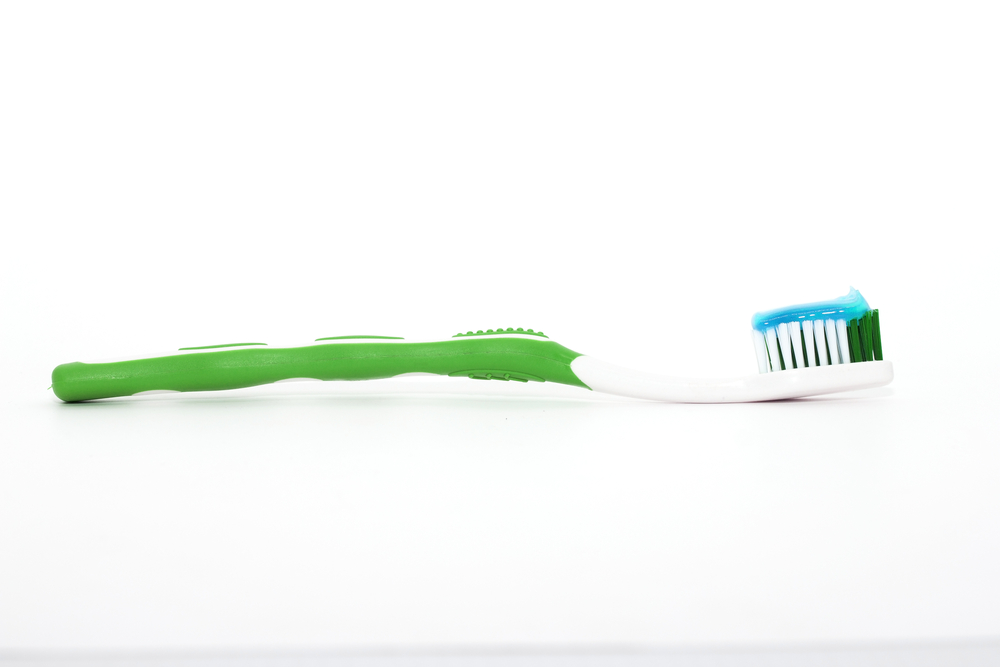What You Need to Know About Tooth Decay
22 Jun 2016
Many dentists tell their patients to avoid sugary foods and drinks, lowering their risk of tooth decay. However, while sugar plays a big role, it isn’t the direct cause of tooth decay.
Here’s information to help you better understand tooth decay, its causes, and simple ways to protect your teeth.
What is Tooth Decay?
Tooth decay refers to the destruction of a tooth due to bacteria producing harmful acids that destroy the layers of a tooth.
Each of your teeth has 3 layers:
- Enamel (hard, protective outer layer)
- Dentin (middle layer responsible for actual color of teeth)
- Pulp (soft, inner layer that houses nerves and blood vessels)
Cause of Decay
Acidic foods and beverages can directly cause decay, when the acids come in contact with your enamel. However, sugars are guilty as well.
Sugar isn’t the direct cause of tooth decay, but it feeds the bacteria that cause decay.
A film of plaque is constantly forming over your teeth, and this plaque contains bacteria. These bacteria feed off the sugars and starches in the foods and beverages you consume. They then produce harmful acids that can infect all 3 layers of your teeth.

Enamel
The minerals in your saliva and the fluoride you ingest enable your enamel to remineralize and repair decay.
Once decay eats through your enamel, however, the outer layer of your tooth cannot be repaired and a cavity forms in the dentin.
Dentin
Dentists use fillings to treat cavities that have reached dentin, and sometimes dental crowns if the damage is extensive.
The dentist will clean out the decay from your tooth and then fill the hole with a composite resin. Using a special light, the material will be hardened to your tooth.
Fillings help prevent further decay and they also restore support, allowing you to chew normally.
Pulp
If tooth decay continues to go untreated, the infection will spread to the pulp.
When the pulp becomes infected, a root canal is required in order to salvage the natural tooth.
In a root canal, the dentist will remove the infected pulp, thoroughly clean out the tooth, and seal the tooth to protect it from further damage. If the tooth cannot be salvaged, it will have to be extracted.
How to Prevent Tooth Decay
The most effective way to prevent tooth decay is to maintain a daily dental care routine.
- Brush your teeth twice a day, two minutes during each brushing session
- Floss once a day
- Visit the dentist every six months for a professional teeth cleaning

Other ways to help prevent tooth decay include:
- Using a toothpaste with fluoride
- Rinsing with a fluoride-containing mouthwash
- Washing down sugary/starchy/acidic foods and beverages with water
- Chewing sugar-free gum
- Waiting at least 30 minutes to brush teeth after eating acidic foods (the acid weakens the enamel, so brushing immediately afterwards can do even more damage)

Understanding what causes tooth decay will help you fight tooth decay more effectively.
For more information or to schedule a dental appointment, contact Greenspoint Dental in Houston, Texas. We are dedicated to providing you and your loved ones with the best dental care.
Related Blog Articles